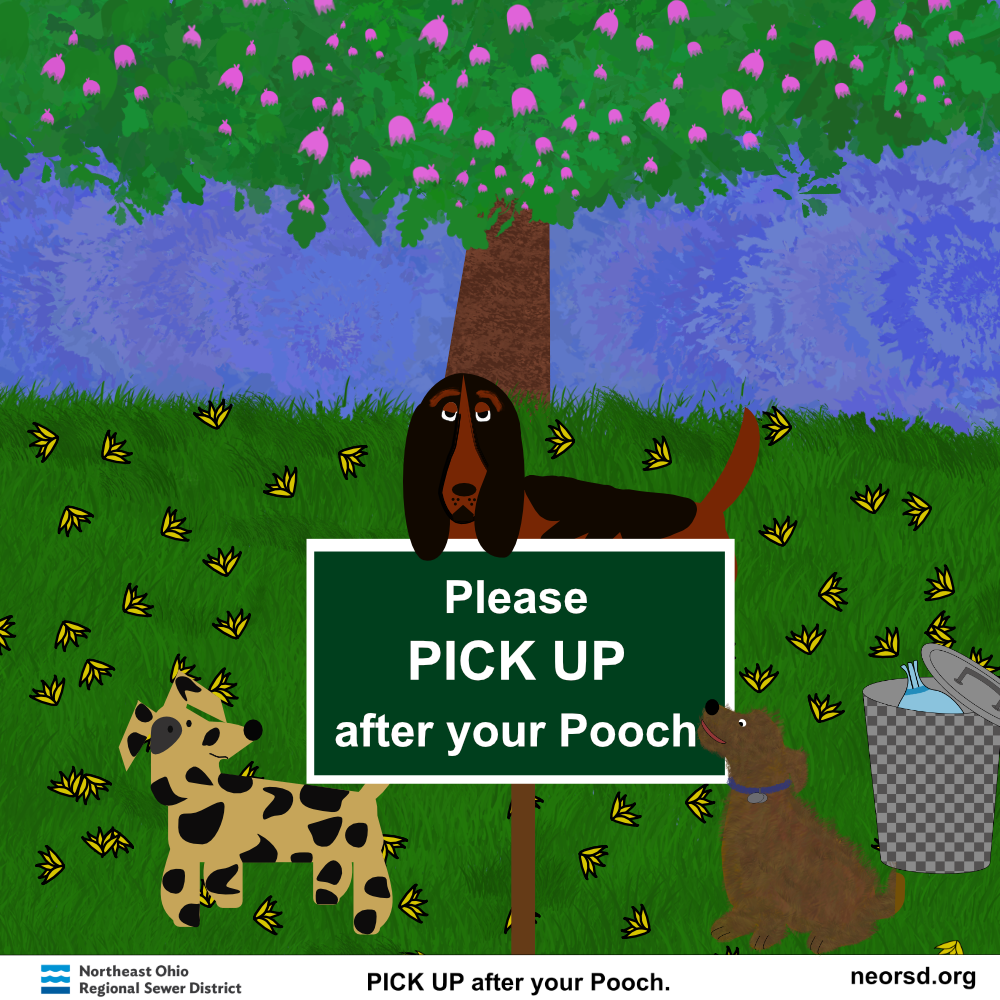You probably picture a lab when you think of a master’s study project. Online bioinformatics programs, on the other hand, are completely changing the model and setting up global virtual study networks.
With this one-of-a-kind setup, new projects can be made based on a few basic ideas. Basically, it’s about:
- Collaboration around the world: Instead of just a few people working together in one room, students from all over the world and different job sets work together. They all bring their own special thoughts to the situation.
- Cloud-native power: Projects aren’t limited by the computers that a university has on-site. Since they are in the cloud, students can use them from anywhere to look at huge public information.
An open-source ethos: the goal is to make science that can be repeated and to make useful tools that the whole scientific community can share and use.

By having bioinformaticians do research in the same way that modern, distributed science does, these schools are basically preparing them for the real world.
Project category 1: Globally distributed data analysis
Could the students be the most valuable members of the study team? These projects leverage the global accessibility of an online school as a scientific advantage, enabling researchers to conduct studies that require a worldwide perspective.
Global pharmacogenomics (PGx) analysis
Have you ever wondered why a medicine works great for some people but not for others? That question is the main point of this endeavor. Students from all over the world work together to learn about genes, including the famous CYP2D6, that change how our bodies process drugs.
They use big public datasets, but here’s the difference: a student in Nigeria can know more about genetic diversity in their area than a student in Germany. This mix of global data and local understanding gives us information that we would miss if we only used computers.
Distributed real-time pathogen surveillance
This is like having a command center to find a virus. Students from all across the world work together to build automated technologies that can keep a watch on a virus in real time, like the flu or SARS-CoV-2.
Their pipelines automatically bring in and look at fresh DNA sequences that come in from labs all over the world. The 24/7 process is what makes online magic unique. The study never ends because the students are in different time zones.
When the team in the Americas logs off, the team in Asia can seamlessly continue where they left off, creating a continuous surveillance loop akin to a global health organization.
Project category 2: Cloud-native and “big data” projects
These projects are very, very big. They use the almost limitless power of the cloud to do calculations that would slow down a normal classroom computer. To do it from anywhere, you need to learn how to work with huge numbers and use cutting-edge tools.
Serverless bioinformatics pipeline development
Based on the ‘go big’ attitude, the finest programs teach students to work smarter, not harder. Efficiency and current cloud architecture make top online bioinformatics masters shine.
Consider a clever, fast, and affordable analysis approach.
The point.
Students design a bioinformatics procedure, like genetic variant detection or gene expression analysis, using “serverless” cloud technologies. It only turns on and uses electricity when needed. Turning off saves a lot of money.
This method fully separates research from university hardware. Students learn how remote-first biotech companies use cost-effective, scalable platforms.
This method is perfect for online classes because it:
- Teaches modern cloud engineering: using tools like AWS Lambda, students learn cutting-edge skills that are in high demand for jobs that can be done from home.
- Unlocks hardware’s limits: You won’t have to wait in line for a university computer. Students get to use the scalable infrastructure that big tech and biotech businesses use.
Large-scale single-cell atlas integration
This is like making a molecular map on a huge scale. Students are tasked with putting together several enormous single-cell datasets—we’re talking petabytes of data from projects like the Human Cell Atlas—into a single, searchable resource.
In the end, experts from all over the world might be able to use a full cell-by-cell map of a human organ.
This kind of big project works wonderfully with the online model because:
- Depends on the cloud 100%: A personal computer just isn’t powerful enough to download or work with this much info. Since the whole project is in the cloud, it doesn’t matter where the student is.
- Offers real training in “big data”: We are not in a game. Students learn how to manage, harmonize, and evaluate biological data on a large scale, which is something that most on-campus programs can only talk about.
Project category 3: Open-source software and tool development
These efforts aren’t just about creating a paper that no one reads; they’re also about making genuine software tools that scientists can use. Just like software developers do now, students learn how to work collaboratively online and in public to share their work.
Interactive web-based data visualization platform
It can be difficult to handle a lot of complex biological data. That’s what this project is all about: having students make an engaging web app that brings a huge set of data to life, like cancer data from TCGA.
The goal is to make a tool that is so easy to use that a biologist who doesn’t know how to code can still look at the data, find trends, and come up with new ideas.
This project is great for an online class because:
- It’s a lot like modern software development in that everything is done remotely: From coming up with ideas to writing code with Git/GitHub and putting the end app online. This is exactly how tech companies’ spread-out teams work every day.
- It makes a real piece for your portfolio: When students are done, they have a live web app that they can show to possible employers.
AI/ML model containerization and deployment
Make a cool machine learning model useful for others, not just train it. Students create an AI model to predict protein shapes and bundle it into a Docker “container” in this assignment.
Think of a container as a smart box that houses the model and its software dependencies, making it work on any computer.
This online-only focus is on reproducibility and deployment:
- It fixes the “it works on my machine” problem: Remote teammates can’t be watched. The best way to share code and reproduce scientific conclusions is via containers.
- It teaches deployment skills: Students learn how to develop a model and release it via API, making their work useful for other academics.
Project category 4: Meta-analysis and in silico validation
Research does not always involve data generation. This category is about becoming a digital scientific detective and exploiting the massive ocean of papers and statistics to validate major claims and find hidden insights.
Systematic review automation
Manually sorting thousands of research papers for a large review is difficult. Students use NLP to develop an AI helper in this assignment. Researchers save hours by using this program to automatically scan PubMed and mark pertinent studies.
This project thrives online because:
- Suite flexible schedules: Online programs’ asynchronous nature is ideal for intensive, focused coding and literature review, which demands flexible schedules.
- Builds practical automation skills: Students learn to compute to tackle a tiresome research challenge.
Cross-study validation of biomarkers
An article in a major publication claims a novel biomarker can predict disease. Is the finding reliable? Students are vital scientific fact-checkers. They use the original authors’ methodologies on multiple public datasets to determine if the biomarker is true or a fluke.
A classic internet research project:
- Promotes critical thinking: This is fostered by forcing students to question published science and understand reproducibility.
- Remote science’s core: The initiative relies on public data repositories and computing expertise, suggesting that validation work can be done anywhere with a laptop and internet.
Training the next-generation bioinformatician
These projects are more than just a degree requirement. They directly train modern biotech workers. In an increasingly remote environment, organizations want graduates with real-world expertise in cloud computing, collaborative software engineering, and distributed teamwork.

Online programs are building the future of research, not just responding to it. They are well-positioned to spearhead the change toward a more decentralized, collaborative, and computationally enormous science, proving that global networks can make revolutionary discoveries.












